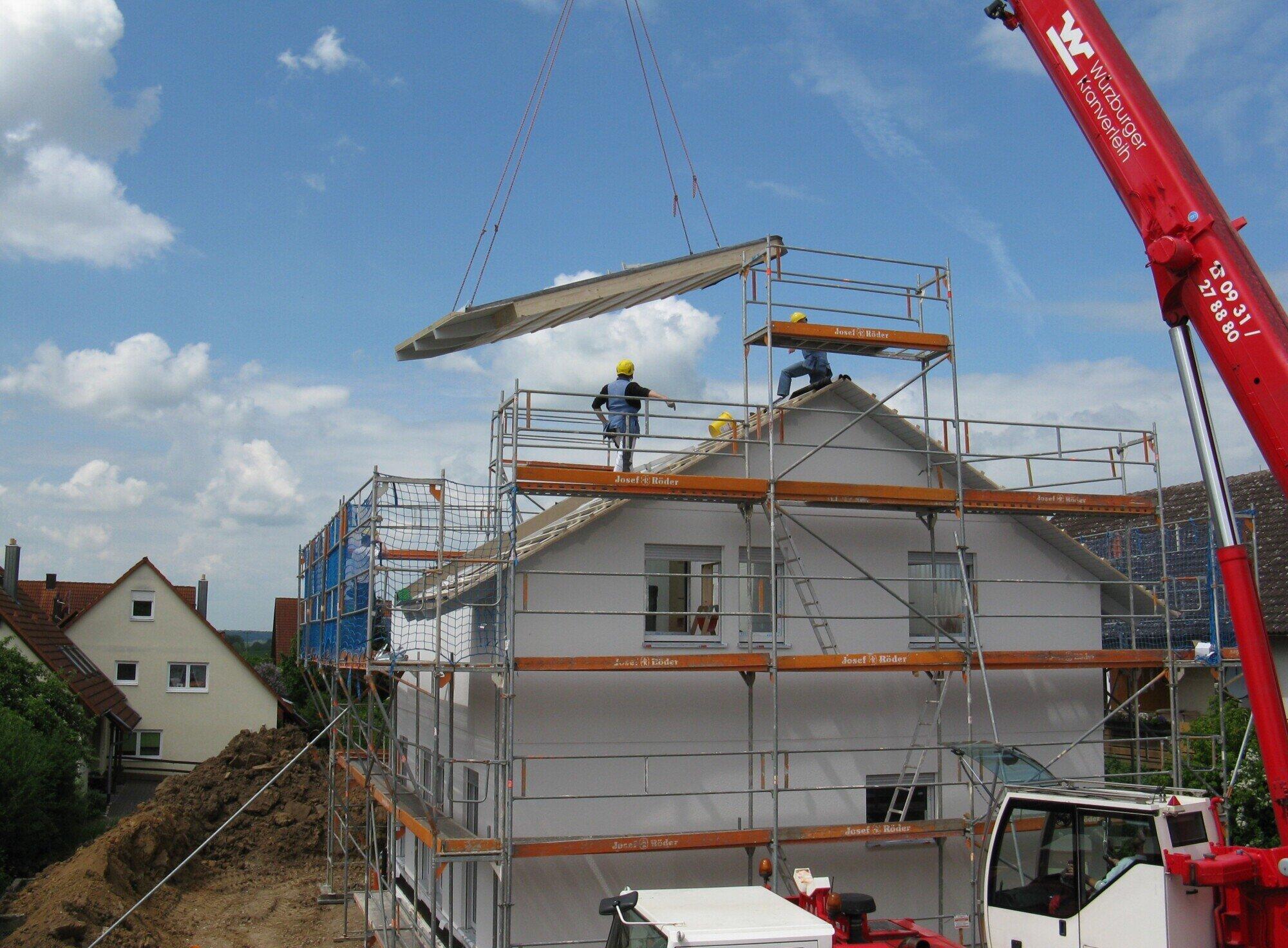
Construction today demands stronger, longer-lasting, and more eco-friendly construction materials. Polyurethane, once used only in specific industries, is now changing how buildings are made. It creates lighter, moisture-resistant parts that save energy and last for years.
That’s what modern polyurethane systems deliver. Read on to discover how polyurethane is used, its benefits, key design tips, and where to find expert solutions.
What is Polyurethane and Why It Matters
Polyurethane is made by mixing polyols and isocyanates, creating a material that can take many forms. It can be turned into rigid foam, flexible material, or a strong coating. This makes it useful in industries that need both strength and flexibility.
In construction, polyurethane is used for insulation, sealants, and adhesives. It provides strong support, resists moisture, and helps improve energy efficiency. These features make it ideal for modern building projects.
Its versatility lets it replace several older materials in construction and manufacturing. Using polyurethane helps lower costs, simplify work, and make products last longer. This balance of strength and light weight makes it an important modern material.
Key material properties
Polyurethane is valued in construction for its strong yet lightweight nature. Rigid foams and elastomers are strong yet light, making construction quicker and cheaper. This balance improves both strength and efficiency on the job site.
It also offers excellent thermal insulation. The closed-cell structure traps air, keeping indoor temperatures steady and lowering energy costs. This makes polyurethane ideal for energy-efficient and sustainable buildings.
In addition, polyurethane resists water and harsh chemicals found on construction sites. It bonds well to many construction materials and stays flexible, preventing cracks from movement. These features establish it as a reliable choice for constructing durable, long-lasting structures.
Primary Applications in Construction
Polyurethane is used in construction for insulation, sealants, and coatings. It keeps walls, roofs, and floors well insulated. It also helps seal and protect surfaces, making buildings last longer.
Spray and Rigid Foam Insulation
Spray polyurethane foam (SPF) and rigid panels are used widely for roof, wall, and cavity insulation. SPF seals gaps and creates an air-tight barrier, reducing thermal bridging and improving indoor comfort. Rigid panels have high insulation in thin layers, helping upgrades meet energy goals without big design changes.
Protective Coatings and Membranes
Polyurethane coatings protect concrete, steel, and wood from wear, sunlight, and moisture. They stay flexible even when surfaces expand or move with temperature changes. This helps extend the lifespan of decks, roofs, and other structures.
Adhesives and Sealants
Polyurethane adhesives create strong bonds for materials like panels, stone, wood, and metal. Sealants made from polyurethane keep joints airtight and watertight. These features are important for protecting building exteriors and façades.
Structural Repair and Underpinning
Specialized polyurethane formulas fill voids, stabilize foundations, and strengthen weak soils. These lightweight injections expand to fill gaps and restore strength, making them ideal for structural repair underpinning. They offer a fast and non-invasive alternative to concrete repairs.
Performance Advantages Over Traditional Materials
Polyurethane is stronger, lighter, and more flexible than many older materials. It resists water, chemicals, and damage, making it last longer. Its light weight also makes it easier and faster to install.
Faster Installation and Lower Labor
Polyurethane spray foam and grouts go on quickly and need less work than older materials. This makes building easier and quicker. The saved time also cuts costs and reduces delays.
Lifecycle Cost Savings
Better insulation and strong coatings help lower energy use and reduce maintenance needs. These features keep buildings efficient and long-lasting. Over time, the savings can be greater than the initial material cost.
Design Flexibility
Polyurethane’s formula can be changed to make it flexible, strong, or fire-resistant. This customization helps meet different project needs. It also removes the need for using many separate materials.
Environmental and Sustainability Considerations
Polyurethane manufacturers are enhancing sustainability by reducing waste and energy consumption. Better insulation cuts energy use for heating and cooling, lowering carbon emissions over time. This makes polyurethane a practical and eco-friendly choice for modern construction.
Its durability also helps the environment by reducing replacements and material waste. Long-lasting products use fewer resources and keep maintenance costs low. This balance of strength and efficiency supports sustainable building design.
Many new formulations now use recycled or bio-based materials to lower fossil fuel use. While not all products are fully recyclable, some can be reused or processed for energy recovery. Responsible use and disposal make polyurethane both high-performing and environmentally smart.
Design and Installation Best Practices
Selecting the appropriate polyurethane mix is crucial for achieving strong and safe outcomes. Work with reliable suppliers to match strength, flexibility, and fire resistance to your project needs. The right formulation helps materials perform well and last longer.
Clean and prepare surfaces before applying coatings or adhesives to ensure a solid bond. Use the right primer and keep areas dry to prevent peeling or early failure. Good preparation protects both looks and structure.
Control expansion when using foams or injection systems to avoid pressure damage. Hire certified applicators who can manage curing and temperature conditions. Always follow fire and safety standards, using proper ventilation and PPE during work.
Risks and Limitations
Some polyurethane breaks down in UV light, so choose UV-stable systems or add a protective topcoat. Inspect surfaces regularly and recoat as needed to avoid costly repairs. Planning for exterior exposure during design prevents surprises later.
Humidity and temperature affect curing, so control site conditions whenever possible. Hire experienced applicators who monitor and adapt methods on-site. Proper on-site practices prevent weak bonds, shrinkage, and uneven foam.
Recycling is limited, so choose products with recycled materials or take-back programs. Factor end-of-life handling into product selection to lower embodied carbon. Put maintenance and disposal requirements into project specifications to reduce long-term risk.
Construction Materials: Make Buildings Last with Polyurethane
Polyurethane cuts costs, speeds work, and extends service life. It seals, insulates, bonds, and repairs in fewer steps, so projects finish faster and need less maintenance. Choose the right mix and expert installer for durable roofs, tight seals, and strong foundations.
Consult a polyurethane expert for a custom plan and hire certified installers for safe, quality work. Use Structural repair underpinning to guide specs and contractor choice. Read our blog for product notes, case studies, and practical tips.




